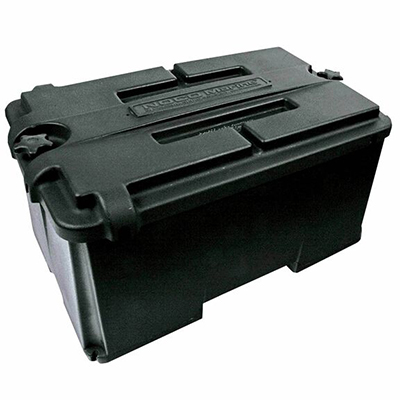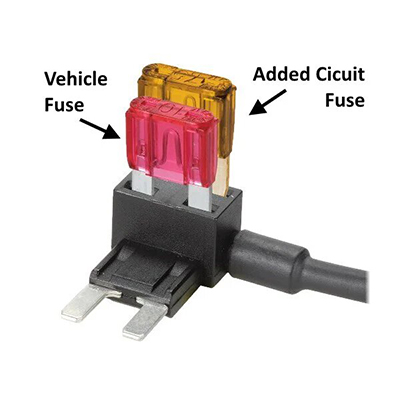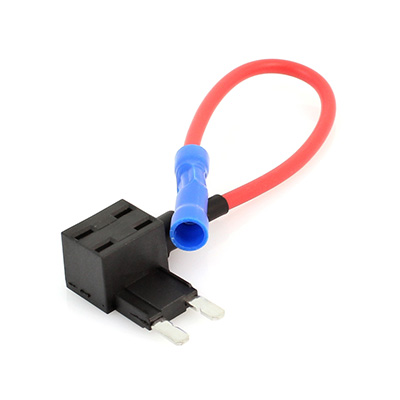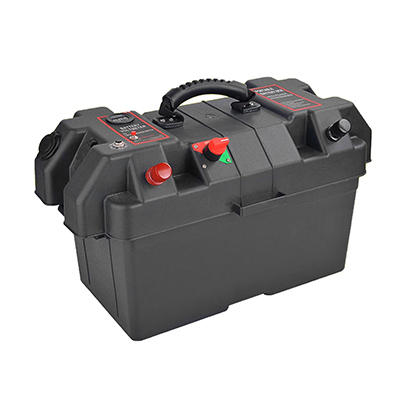Innovations in Sustainable Materials for Automotive Battery Boxes to Reduce Environmental Footprint
News 2025-10-20
Car battery boxes are essential components in vehicles, particularly electric ones, where they protect batteries from damage and environmental factors. However, traditional materials like plastics and metals often contribute to significant ecological harm through high energy use in production, non-biodegradability, and challenges in recycling. As global regulations push for greener technologies, exploring eco-friendly material options becomes crucial. These alternatives not only lessen environmental impact but also enhance performance in real-world applications, such as improving vehicle efficiency and longevity in diverse driving conditions.

Environmental Drawbacks of Conventional Battery Box Materials
Standard materials in car battery boxes, such as petroleum-based plastics and aluminum alloys, pose several sustainability issues. Manufacturing processes emit substantial greenhouse gases and consume finite resources, while end-of-life disposal leads to persistent waste. For instance, plastics can release microplastics into ecosystems, and metal mining disrupts habitats. In automotive contexts, these materials increase the overall carbon footprint of vehicles, making them less compatible with emission reduction targets. Addressing these challenges through better material choices can support broader goals in sustainable transportation.
Advantages of Eco-Friendly Material Choices in Battery Boxes
Eco-friendly options like bio-based composites, recycled metals, and advanced polymers offer compelling benefits for car battery boxes. Bio-composites, made from renewable sources, reduce reliance on fossil fuels and improve recyclability, ideal for electric vehicle applications where weight reduction boosts range and efficiency. Recycled aluminum, for example, lowers energy use by up to 95% compared to virgin materials and provides superior corrosion resistance, enhancing durability in harsh climates. These materials maintain structural integrity while cutting environmental harm, making them a smart choice for manufacturers aiming for performance and sustainability.
Frequently Asked Questions
1. What are the key environmental impacts of traditional car battery boxes?
Traditional materials contribute to high carbon emissions during production and pose recycling difficulties, leading to landfill accumulation and pollution.
2. How do eco-friendly materials improve the performance of battery boxes?
They offer lighter weight for better fuel efficiency, enhanced durability against wear, and easier recycling, which extends product life and reduces maintenance needs.
3. Are sustainable materials cost-effective for automotive use?
While initial costs may be higher, long-term savings arise from reduced energy consumption and potential rebates, making them economically viable over time.


